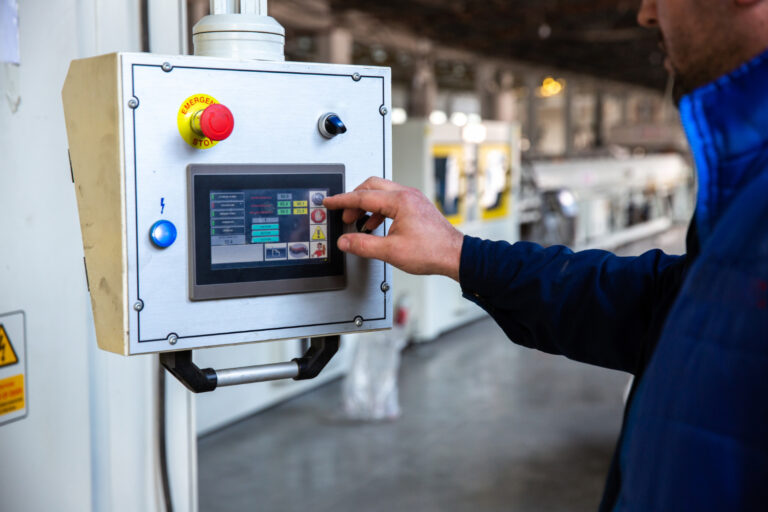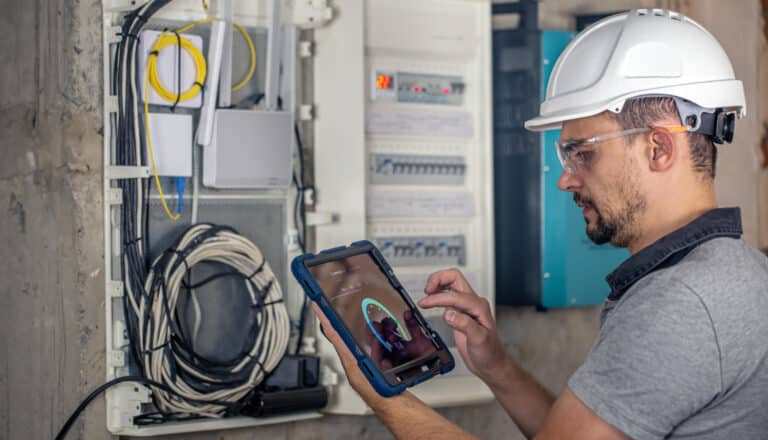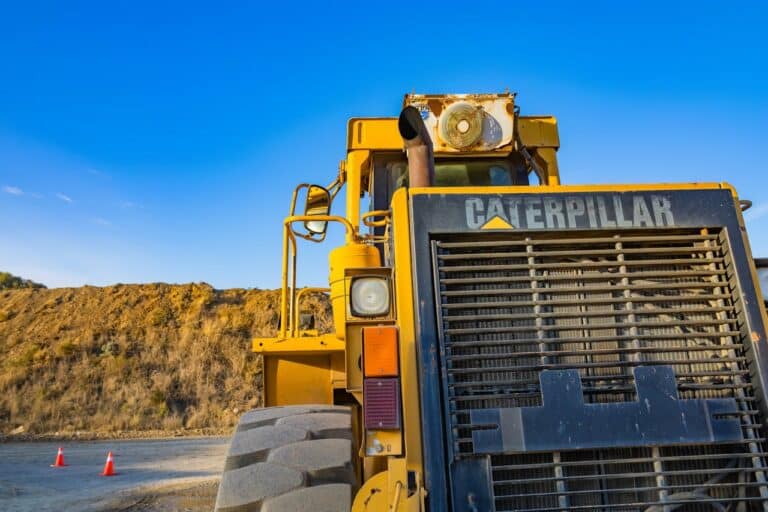Monday - Thursday 9AM - 5PM | Friday 9AM - 4PM
Hands-Off Heat Detection: Non-Contact Temperature Monitoring in Mines

In the challenging and often hazardous environment of mining operations, maintaining safety and efficiency is paramount. One of the most critical aspects of mine safety is temperature monitoring, which helps prevent equipment failures, detect potential fire hazards, and ensure worker safety. Non-contact temperature monitoring has emerged as a game-changing technology in this field, offering numerous advantages over traditional contact-based methods.
The Rise of Non-Contact Temperature Monitoring
Non-contact temperature monitoring utilises infrared technology to measure surface temperatures without physical contact. This approach has revolutionised thermal monitoring in mining, making it indispensable for high-stakes applications such as equipment monitoring, fire detection, and worker safety.
Enhanced Safety in Hazardous Environments
Mining operations often involve extreme temperatures and dangerous conditions. Non-contact temperature measurements ensure safety by allowing professionals to measure temperatures from a distance, protecting them from burns or exposure to hazardous conditions. This is particularly crucial in underground mines where the risk of fire and equipment overheating is high.
Speed and Efficiency
One of the key advantages of non-contact methods is their ability to provide almost instantaneous readings. This significantly improves process efficiency, especially in high-speed operations where temperature changes rapidly, such as conveyor belt monitoring or equipment inspections.
Applications in Mining
Equipment Monitoring
Non-contact infrared thermometers and cameras can be used to monitor the temperature of mining equipment such as motors, engines, bearings, and conveyors. This helps detect overheating or abnormal temperature patterns, allowing for preventive maintenance and reducing the risk of equipment failure.
Fire Detection
Infrared cameras can be employed to detect hotspots or smouldering areas in mining operations. By monitoring temperature differentials, they can identify potential fire hazards, enabling prompt intervention and minimising the risk of fire incidents. This is particularly valuable in underground coal mines where spontaneous combustion is a significant risk.
Conveyor Belt Monitoring
Conveyor belts are critical for transporting bulk materials in mining operations. Infrared cameras can be installed to monitor the temperature of these belts, identifying potential issues such as bearing failures or frictional heating, ensuring the smooth operation of the conveyor system.
Heat Stress Monitoring
In hot mining environments, worker safety is paramount. Infrared thermometers can be used to measure the surface temperature of workers, helping to identify potential heat stress or overheating issues. This information allows for appropriate measures to be taken to ensure worker safety and well-being.
The Future of Temperature Monitoring in Mining
As technology advances, we can expect to see even more sophisticated non-contact temperature monitoring systems in mining operations. These may include:
- AI-powered analytics platforms that can predict equipment failures and optimise operational processes based on thermal imaging data.
- Remote monitoring and control software that allows for real-time monitoring, data analysis, and adjustment of camera settings from a central location, enhancing efficiency and reducing the need for on-site personnel.
- Integration with other safety systems, such as gas detection and environmental monitoring, for a comprehensive approach to mine safety.
In conclusion, non-contact temperature monitoring has proven to be an invaluable tool in enhancing safety, efficiency, and productivity in mining operations. As the technology continues to evolve, it will undoubtedly play an even more crucial role in shaping the future of the mining industry, ensuring safer and more efficient operations in this challenging sector.



